Introduction
The first thing that comes to mind while undergoing loft conversion to create a more livable space, is the new design of the loft.
The focus is always on the height of the roof, insulation, designing of the rooms, the staircase is often forgotten or ignored till the wind-up starts.
Whether you are undergoing a simple roof light loft conversion or hip-to-gable one, it’s the staircase solutions that are going to make your new space accessible.
You need to get the staircase design right to make sure that they fit well within your room space.
Keep reading to discover A-Z of loft conversion staircase solutions from cost, planning permission and beautiful designs that inspire.
What other things do you need to make loft conversion staircase?
If space considerations are bothering you and shifting seems an expensive option, then consider expanding your existing one.
Loft conversion can give that much-needed extra space that you have been longing for.
But before beginning, there are certain things that you need to consider such as time taken, cost, planning permission and accessibility etc.
Apart from that, you need to consider that how much space is available for the staircase or do you need to sacrifice space? It may even happen that you may end up in either a smaller room or a small staircase for your loft.
It’s always better to connect with a renowned loft conversion company to discuss your options and how the staircase can be incorporated properly.
This will give a better idea about the best loft conversion staircase solutions that meet your requirements and falls within your budget too.
Types of Loft Conversion Stairs Solutions
The staircases are broadly classified into two categories bespoke and pre-made.
Bespoke means custom made as per the requirements. Normally, bespoke ones are more expensive than pre-made ones.
It may be true that most of the pre-made staircases are made as per standard sizes but not all are off the shelf. You can easily customize them as per head height, the number of treads, height, pitch etc.
On a tight budget? Then customizing the pre-made ones would be a better idea but if you are looking for a staircase solution that adds x-factor to your space then go for bespoke ones.
The loft and staircase construction companies usually have a good number of professional designers and in-house team members that are highly skilled in that and may complete your work within few days.
Get staircase designed in a unique and stylish way that aims for efficient space utilization. Staircases if designed properly not only last for a lifetime but turn out to be a great architectural feature in itself.
Based on your needs and requirements, there are essentially four types of staircases that you can choose from.
- Spiral loft conversion staircase
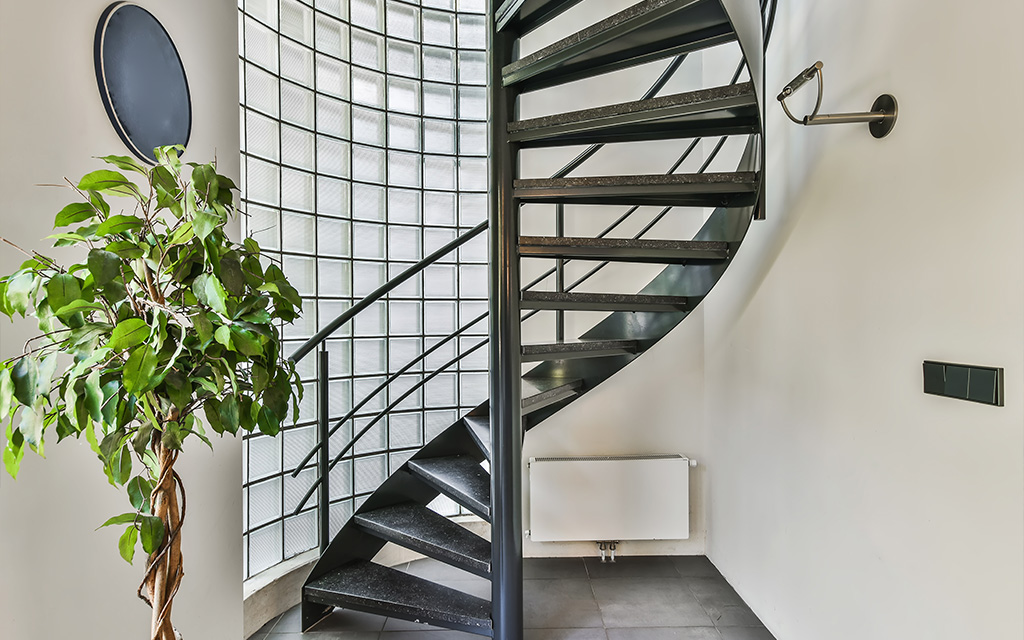
For small loft conversion space, spiral staircases are the best viable option you can ever have. Apart from giving a beautiful look, they help in saving a lot of space.
They serve as a great option in case you have a small landing space and are looking for a small staircase for loft conversion option.
- Paddle loft conversion staircase
Here may be chances that the landing area is small. Paddle staircase is an ideal pick for the same.
Just like spiral staircases, they are an ideal space-saving option.
- L/U Shaped loft conversion Staircase
You can go for L/U shaped loft conversion staircase designs while curving up the elevation even in the smallest of spaces.
- Ladder loft conversion Staircase
Ladders are the best suitable option in case you are considering a small staircase design for loft conversion. Ladders can be possible paced in any space, any room and take bare minimal space.
But, people prefer other staircase options as ladders are a bit difficult to walk up.
Cost of staircase loft conversion
If you considering handing over your loft conversion project to a loft conversion company, the expenses are generally included in the total cost or the quoted price.
For a basic loft conversion, the total cost including the price of the staircase starts from around £20,000 and £30,000+ for the dormer loft conversion.
If you looking to install loft conversion staircase as an individual element, then the basic cost begins from £2,000.
Building regulations for loft conversion staircases
Most of the loft conversions fall under permitted development rights apart from certain exceptions.
But, in any case, you need to get your designs approved by the local Building authority.
So, it becomes very crucial to follow building regulations as they ensure the safety of the place as well as maintain the structural integrity of the newly constructed unit.
Here are some of the important building regulations that every new loft conversion staircase design need to follow.
- The stairs have to be fixed.
- The stairs should have a maximum pitch of 42 degrees.
- The risers should be equal in length
- A headroom of at least 1.9m should be there at the centre of the flight and 1.8m at the edges.
- If the stairs are dropping more than 600mm, a handrail is a must.
It’s very important to understand that your roof structure may require drastic alternations to meet the minimum requirements set by the building regulations for the loft conversion.
It’s always better to consult loft conversion experts or get your site visited to get a clear picture and an on-ground scenario.
Your roof may need to be extended or your ceiling may need to be lowered to get those new rooms installed, handing over the project to the best loft conversion experts in the UK should be your call.
Connecting with a professional team help you understand which loft conversion is best for you in all respects. These guys will calculate everything and conduct an inch-by-inch inspection to deliver you the best possible solution.
All the design milestones will be prepared and shared with you so that you can easily apply for planning permission plus all building regulations will be met.
What to do if there is insufficient headroom for my Loft Conversion Staircase?
Placing a staircase above the existing staircase seems to be the most appropriate solution but sometimes it’s not.
The reason is that the point where you want to install the stairs i.e. at the entry point of the loft, the roof slope has insufficient headspace for the new stairs.
So, either you need to increase the headroom by extending the roof or lowering the floor to install the stairs. Another option could be of installing the staircase from the middle of the room where there is ample headspace.
Opting for the latter option means, ruining the entire design of the new living space. This will complicate the matter for sure.
Have a look at some of the options that you can consider:
By placing the staircase over your existing one will ensure minimal space usage and no loss of headroom.
And indeed this is one of the best possible loft conversion staircase solutions to maintain the aesthetic appeal of your home.
So, in case you are running low on spaces due to structural limitations you can also go for space-saving staircases such as paddle and spiral.
Though, these staircases should be used as a last resort in case no other options seem feasible.
It may happen that placing the staircase above the existing one does not seem viable. For that, the room space can be utilized to install the staircase.
To make the impact minimum, you can choose to opt for a room such as your office or spare bedroom or take a small section from your largest room.
TEL Constructions loft conversion staircase solutions
TEL Constructions is the pioneer in delivering the best, unique and long-lasting loft conversion staircase solutions.
Our diligent team of professionals and experts will take your budget and requirements into consideration and devise the best possible loft conversion staircase design that will make you fall in love with your space again.
Our specialists ensure that you realize the design you have envisioned for your new space despite any hurdles.
Add a style statement to your space and turn your new space into an elegant affair with loft conversion staircase designs offered by TEL Constructions.
Why Choose TEL Construction for loft conversion staircase solutions?
Our team goes that extra mile to deliver you the best staircase loft conversion designs and ideas that are unique, impeccable and mind-blowing.
Let’s see what makes us stand unrivalled in the loft conversion market.
Professional Touch
Our qualified and certified in-house designers fight tooth and nail to bring the best designs as per your space, budget and requirements.
From design to installation till completion and handing over, we make sure that every inch of the space is utilized properly.
In-house Logistics
We have our own logistics. So, no delays no over-budgeting issues.
Materials
We have partnered with numerous national and international brands well renowned for branded raw materials.
We offer 360-degree solutions to all your home renovation and construction needs.
Complete Transparency
Our working process is very clear, crisp and concise. We ensure complete transparency at every stage with our customers.
On-time completion
We are well-known for meeting our deadlines and exceeding expectations. We believe in full customer satisfaction from the best of our approaches.
Fixed Pricing
When you ask for a quote, we’ll send our executive to your place for a free site inspection.
We offer the best and competitive pricing that is purely unbeatable in the market. We also ensure that the price you agree to is the same you pay.
No hidden charges for sure!
We have an unbeatable track record of 100% customer satisfaction and the level of customer service we offer (both pre and post works) is unbeatable.
19+ Unique and best ideas of loft conversion staircase
1. Contemporary loft staircase solution
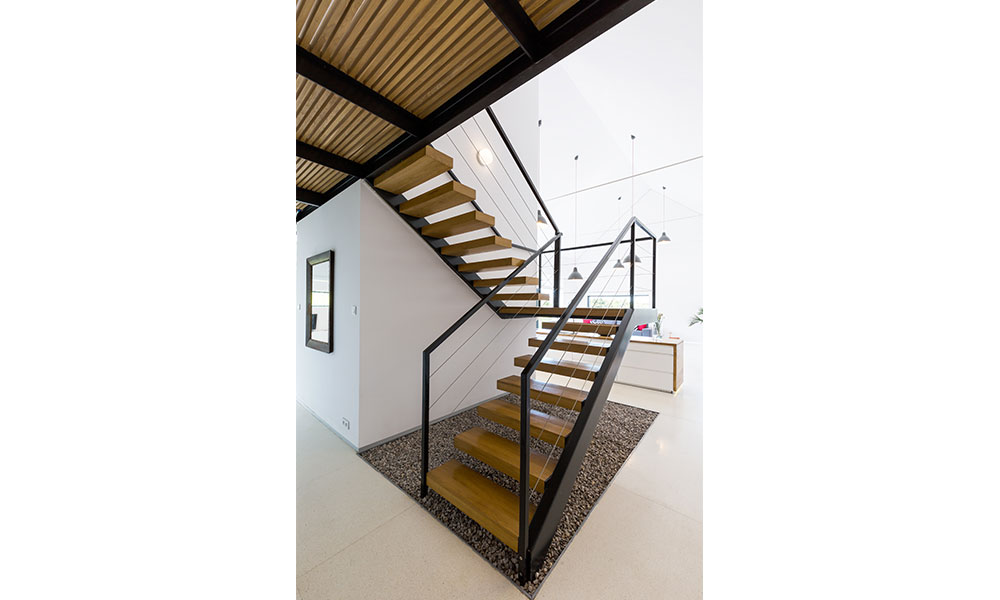
A beautiful modern wooden staircase in white minimalistic interior with high ceiling
2. U-shaped loft conversion staircase Design
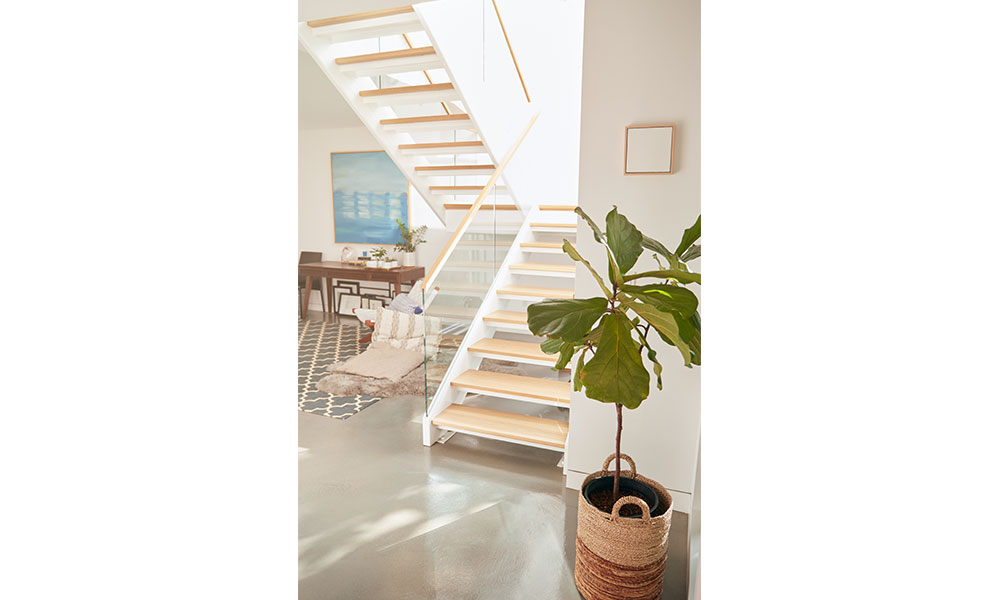
Interior landing view of a beautiful living area with glass staircase and soft furnishings making the home look superb.
3. Wooden & Metal staircase loft conversion
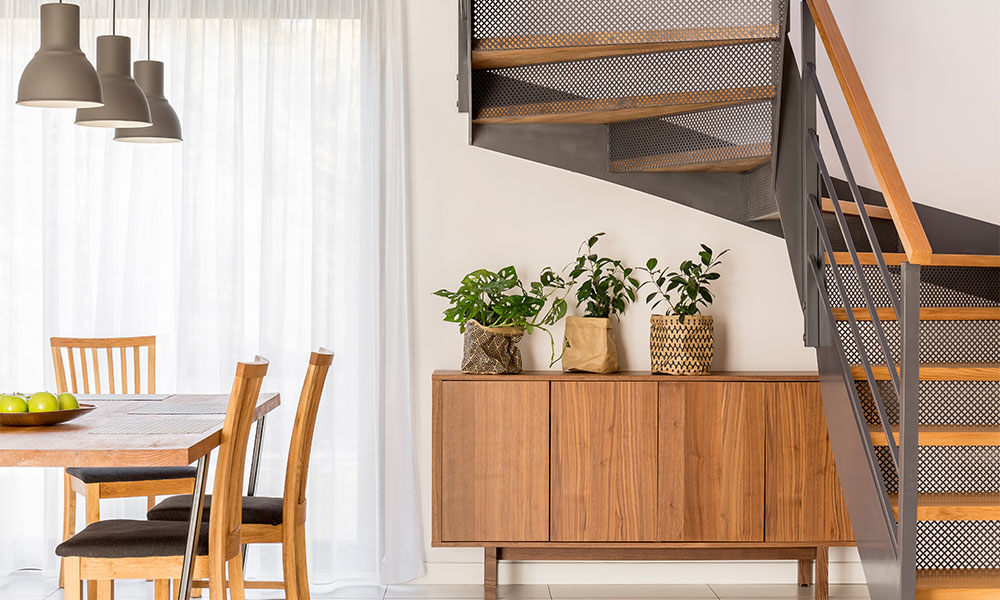
Flight of industrial wooden and metal staircase landing beautifully in the dining room
4. Geometric staircase loft conversion design
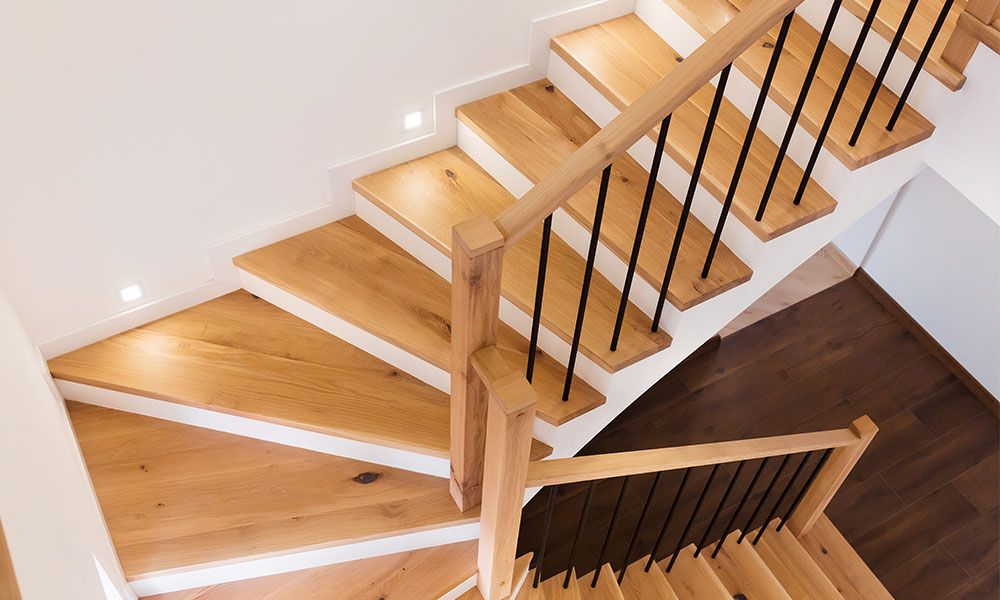
This staircase features an oak handrail. Soft backlighting adds additional wow factor.
5. Traditional winder staircase loft conversion
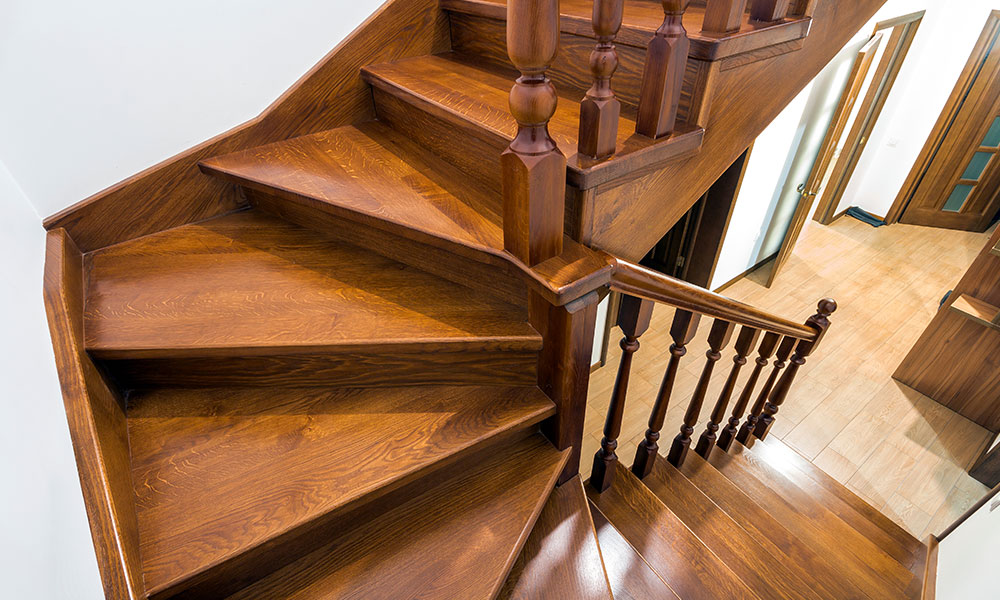
To create more visual interest, go for these stunning wooden winder stairs that just set the appeal of the home.
6. Staircase in the living room
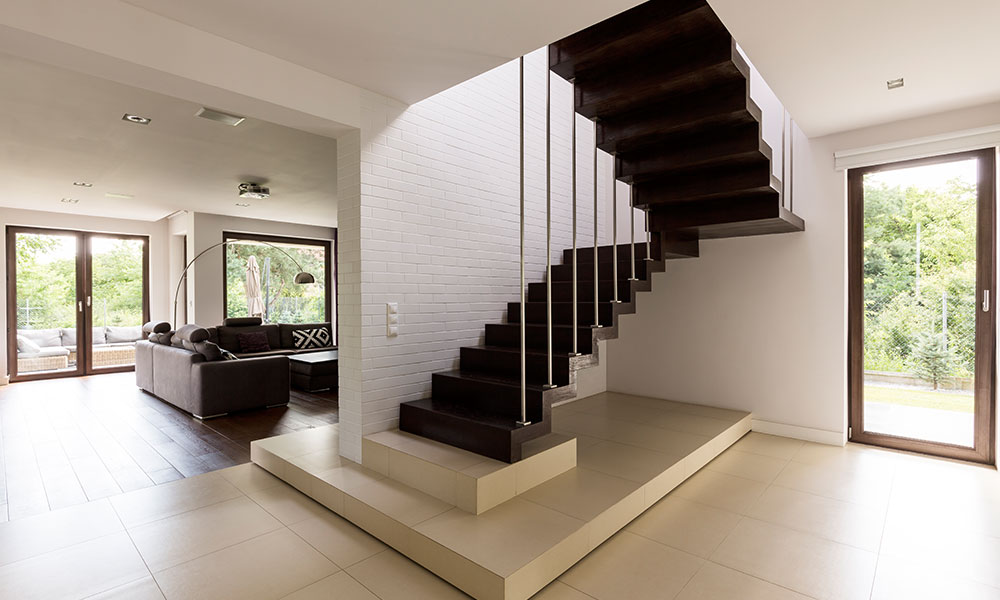
Eye-catching U-shaped staircase landing in the living room in a White Modern house and bars used as handrails
7. Curved staircase loft conversion
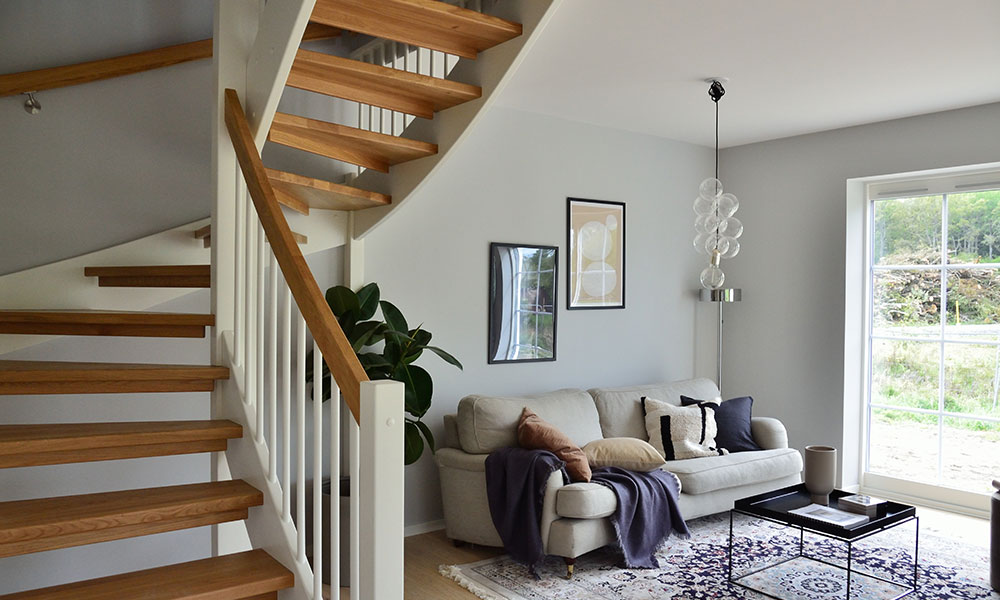
Want to maintain the compactness of your room, go for this eye-catching flight of stairs that that are slightly curved to give the desired look.
8. Impressive loft conversion staircase
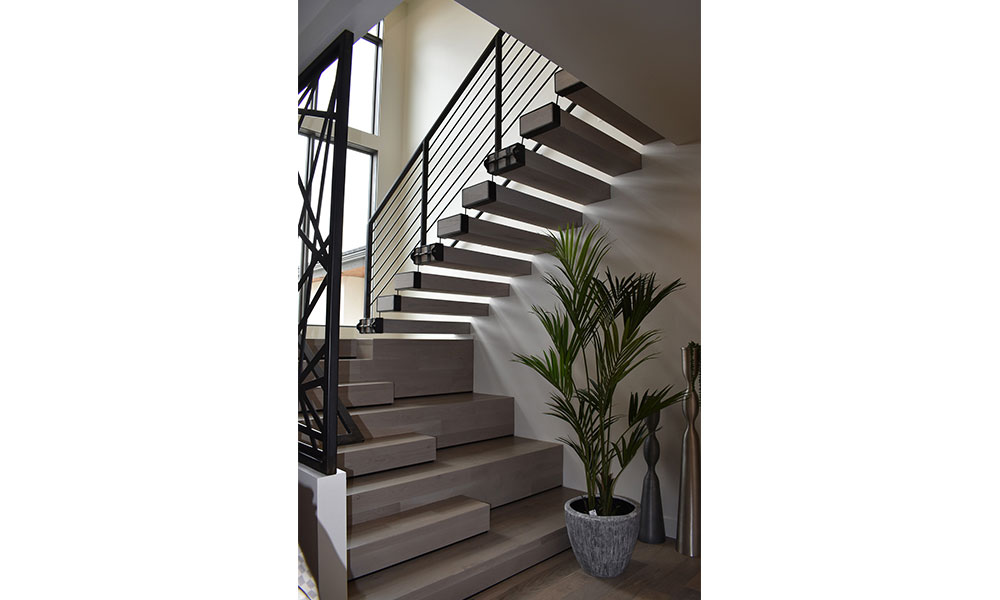
Don’t like wooden? Wanna try something unique?
Then, go for this amazing cantilever style staircase loft solution that not only helps you to connect to your attic space but also adds the much-desired wow factor to it.
9. Spiral for small staircase for loft conversion
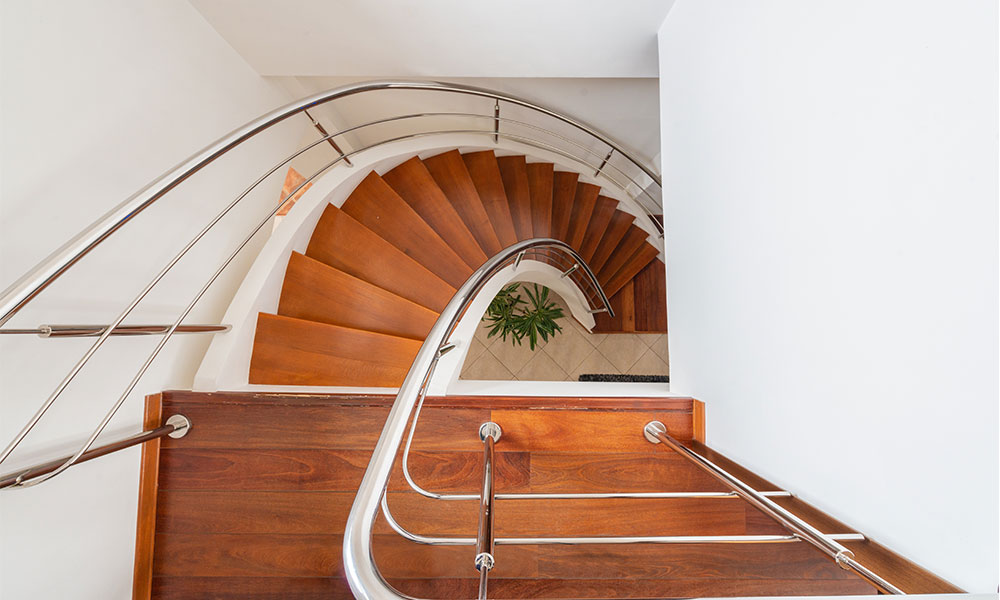
This compactly designed spiral staircase is best suited when you are running low on space.
10. Spiral staircase loft conversion
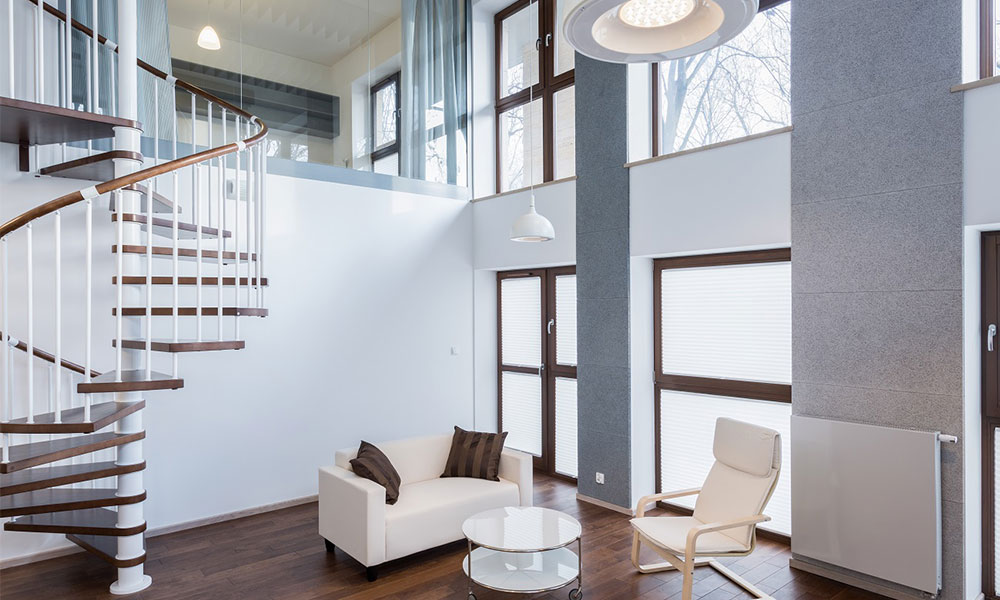
Have a look at the placement of a spiral staircase with wooden steps and an oak handrail landing in a spacious living room in a contemporary mansion.
11. L-shaped Black loft conversion staircase
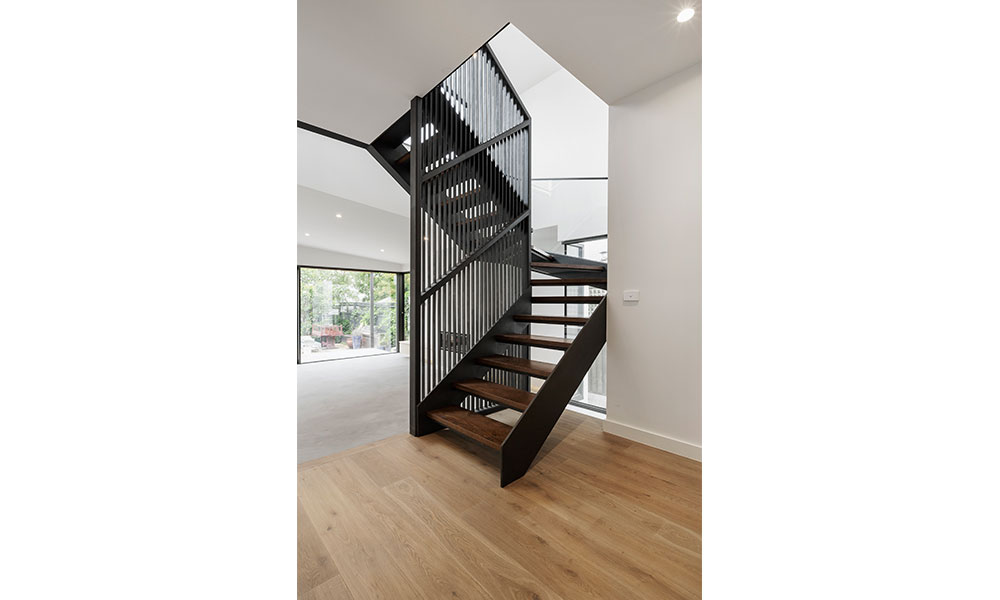
Make your space visually more interesting by opting for this staggering L-shaped black staircase solution for your new space.
12. Luxurious looking loft conversion staircase
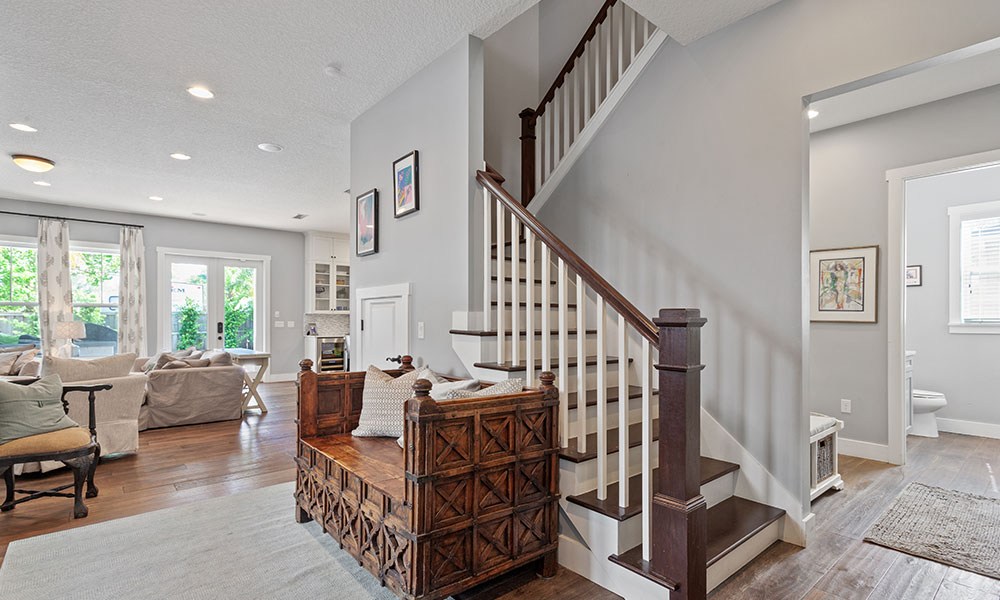
A perfect combination of traditional and contemporary design with this nice staircase in a luxury home
13. Small winder staircase loft conversion
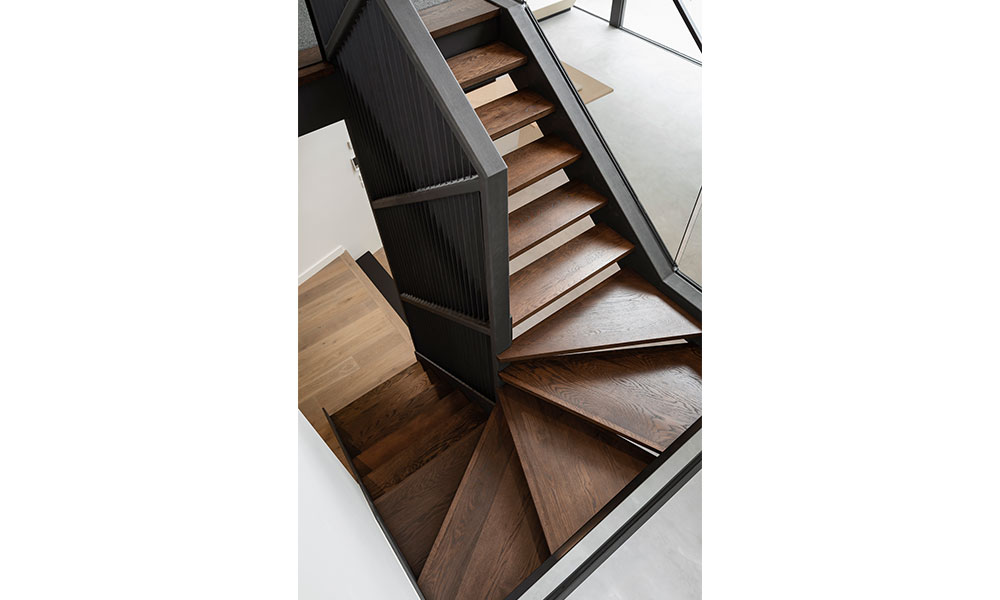
Beautiful wooden winder staircase for small staircase for loft conversion offering compactness as desired.
14. Bespoke loft conversion staircase
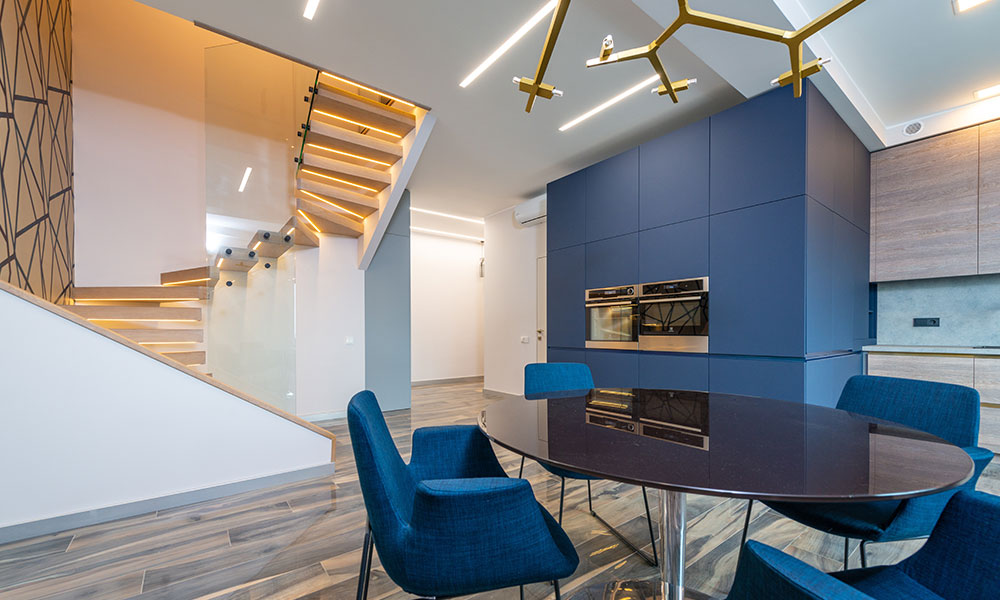
Impress your guests with this bespoke cantilever styled staircase landing beautifully in the living room.
15. Side glass staircase loft conversion
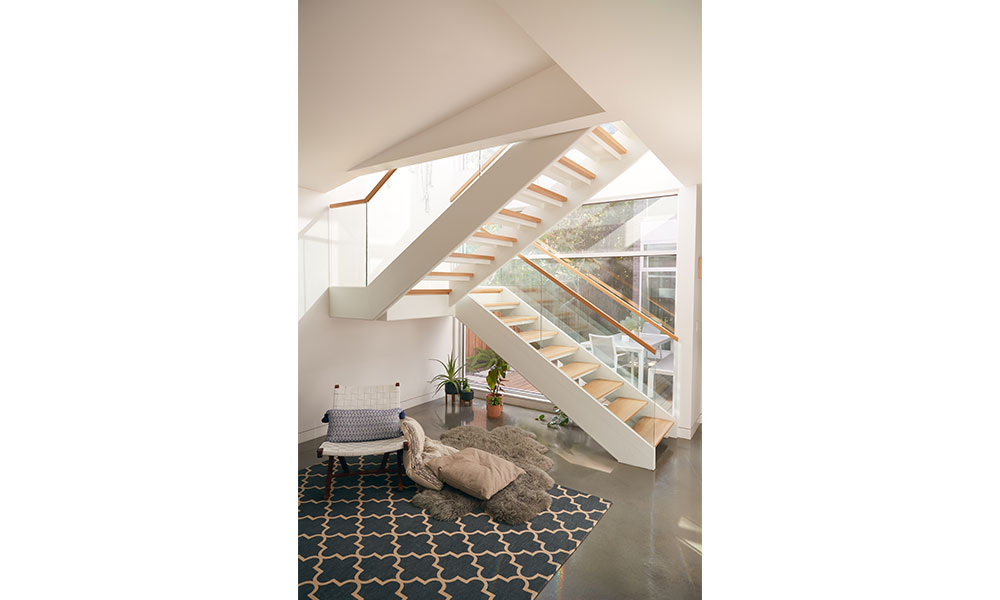
Interior stairs with glass walls with oak wood top rail giving a remarkable impact to the landing space.
16. Steel railing staircase loft conversion design
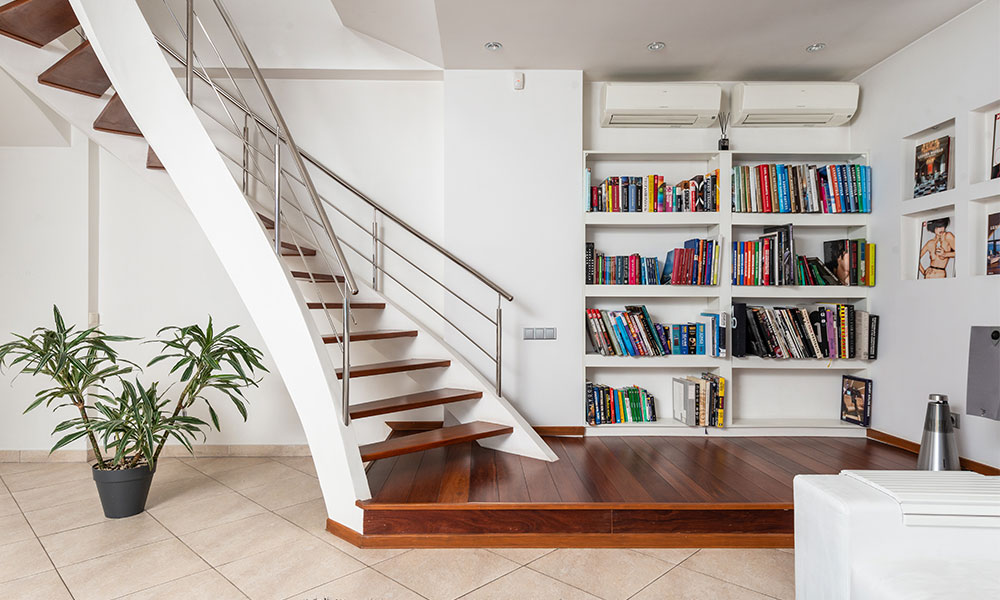
Curved staircase with steel railing and beautiful wooden base landing perfectly in the home library
17. Maintain Privacy with L-shaped staircase
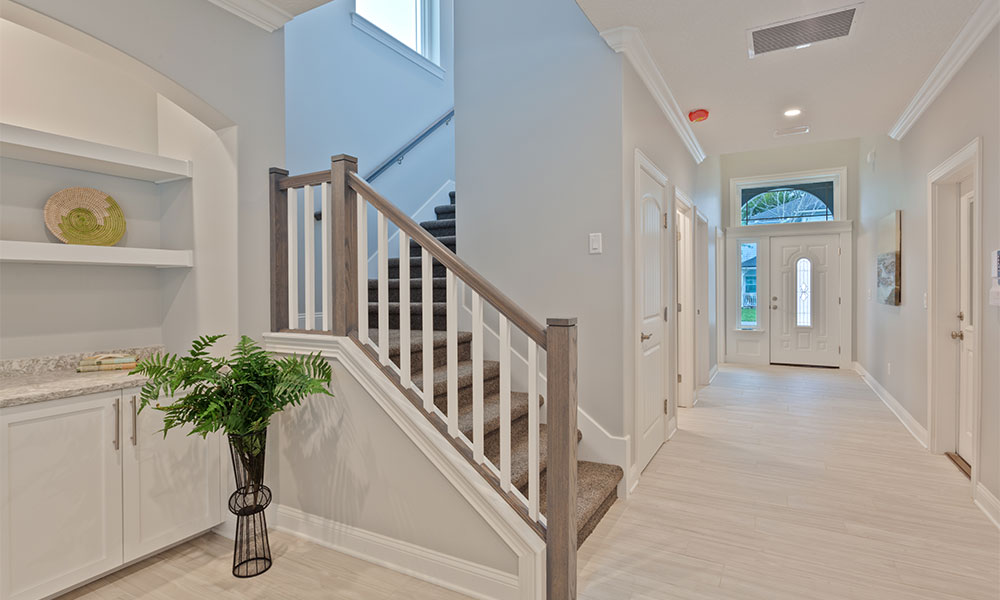
Wanna add some visual barriers between floors to gain some added privacy?
Then, go for this L-shaped staircase for all value for money that lands perfectly in your mansion.
18. Modern wooden staircase loft conversion
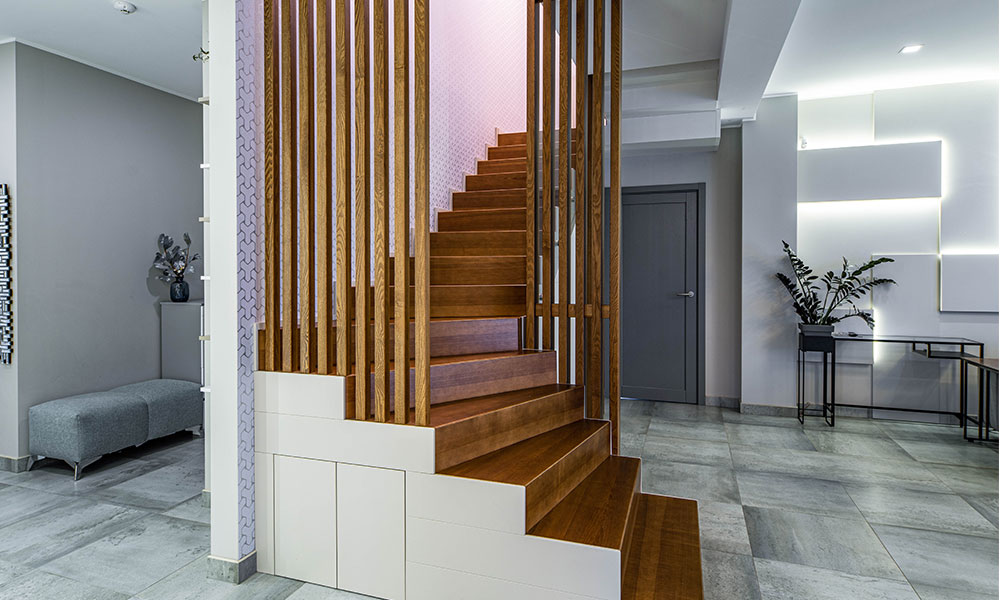
Check out the interiors of a modern home where the second floor connects the first floor with beautiful wooden staircase along with some storage space beneath.
19. Unique staircase loft conversion
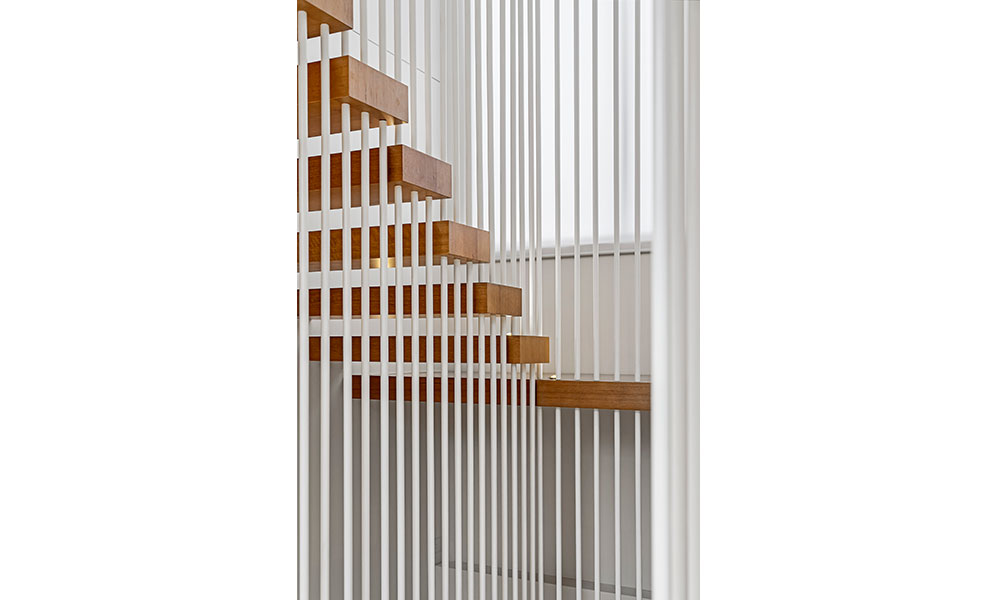
Get a hold of this incredible cantilever staircase with beautiful white rods installed on the other end to make the entire thing look ravishing.
20. Space saving small wooden staircase
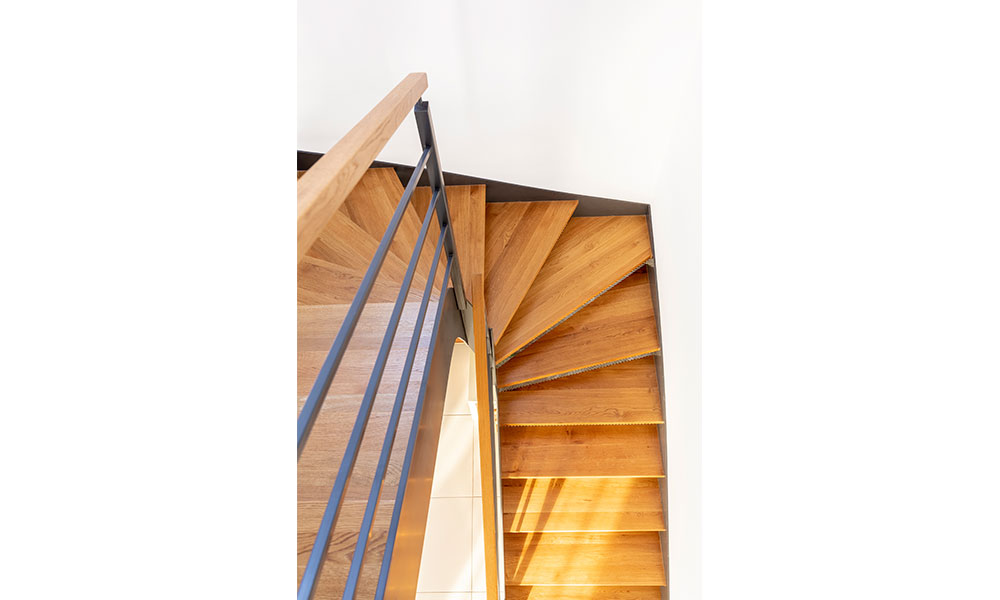
Installing your new staircase above the existing flight helps to create a seamless transition between the new and the old!
21. Classy wooden staircase loft conversion
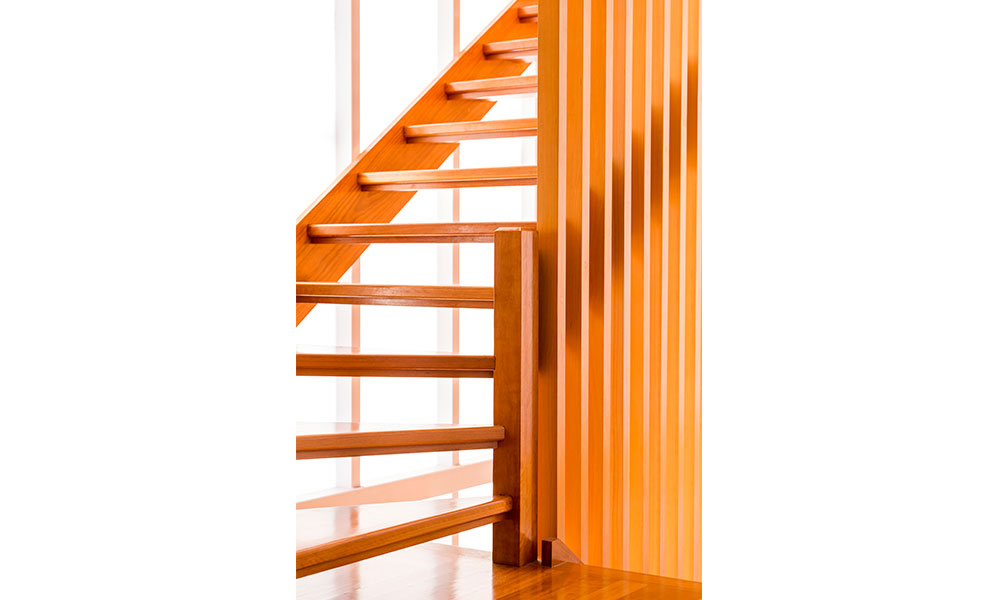
Get classier with these glossy wooden staircase loft conversion designs that will surely amp up the wow factor for your home.
Bottom Line
Loft conversion staircase can make or break the look of your home, choose them wisely.
Many factors are responsible for the style and shape of the loft staircase. Our experts are skilled at understanding your requirements, budget and space issues while going for a loft conversion and installing staircases.
Looking for the best loft conversion staircase designers near you? Call us today for professional and expert advice while we send our professionals to your place for a free site visit.
 27 October 2025
27 October 2025 27 October 2025
27 October 2025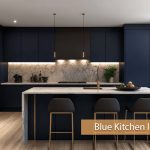 27 October 2025
27 October 2025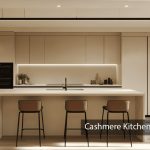 27 October 2025
27 October 2025 27 October 2025
27 October 2025
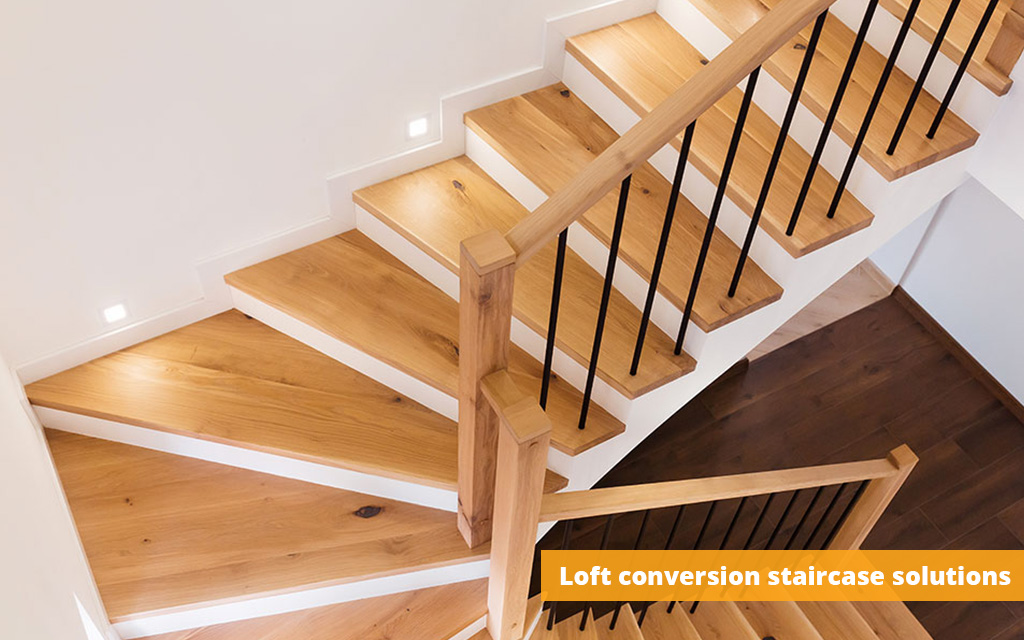























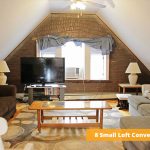
mangat